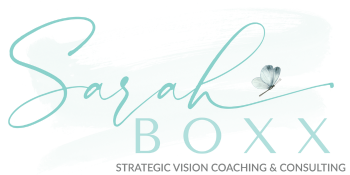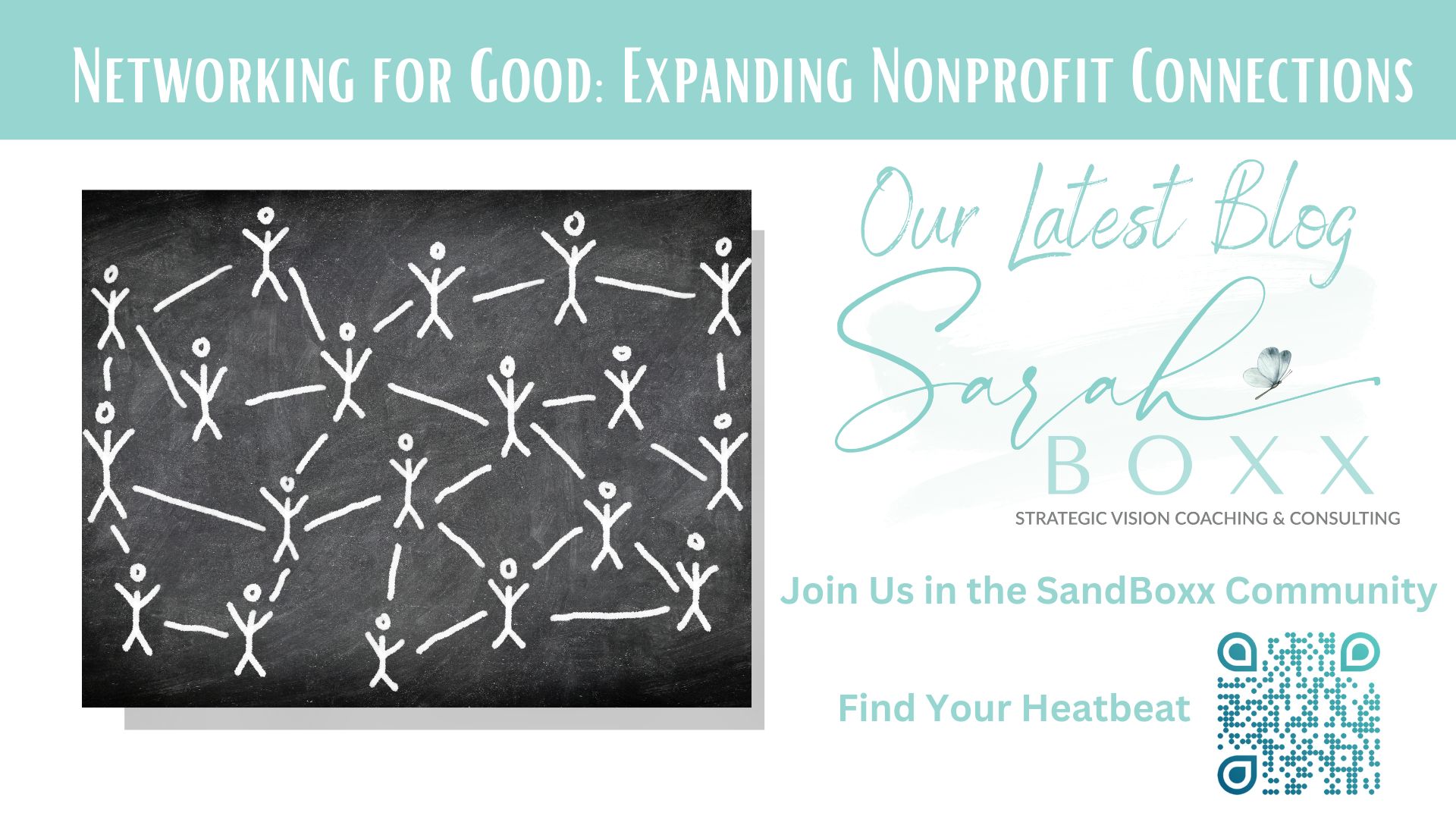Meetings. Every business has them at some point or another. They can be helpful for defining new directions, tackling problems, and unifying a team under the same goal.
However, it’s important to note that a well-run, productive meeting, isn’t a guarantee. It only takes attending one inefficient, “feels like a waste of time” meeting to know this is true. A truly productive meeting takes preparation and planning.
Before you gather your employees and head to the board room, there are several important logistics that need to be considered.
First and foremost, it’s important to take a look at the “big picture”, or macro details of your organization and goals for your meeting. This perspective allows you to set a clear focus and direction for what you want to accomplish. This clear focus will inform decisions made about smaller details.
“You’ve got to think about big things while you’re doing small things, so that all the small things go in the right direction.” –Alvin Toffler
“Big Picture” Details To Consider: Why? Who? What? Where? When? & Why (again)?
WHY is this meeting important?
If you are asking individuals to take time from their schedules to gather in a meeting, you have to be able to answer the question, “Why?” Why do your goals and objectives require an in-person meeting, rather than an email blast?
Maybe you are collaborating to develop a new sales strategy? Or perhaps you are gathering to work on company culture through collaborative activities and team-building exercises? When evaluating the purpose of a proposed meeting, ask yourself, “At the end of this meeting, what progress do I hope to have made?”
WHO will be participating?
Who needs to be involved in your meeting? What are their roles?
It’s important to consider the part each participant plays in the overall meeting. In order to respect the time of everyone involved, each person should have a meaningful role and purpose for being there. No specific role or purpose beyond being present? Then respect their time and let them skip the meeting entirely.
WHAT are you hoping to accomplish?
What is the primary purpose of this meeting? Are you preparing for a new product launch? Perhaps you are meeting to review recent progress and set goals for the next quarter?
In order to plan a meaningful and productive agenda, you have to start by asking yourself, “What’s the overall purpose?” and “What are we trying to accomplish?” Be clear, specific and realistic. If you plan on making business decisions but you don’t have decision-makers in the room (see first question “WHO”), then you won’t be able to accomplish your meeting objective.
WHERE will this meeting take place?
Think about the kind of work you hope to accomplish (the purpose of your meeting). What kind of location is best suited for accomplishing those goals?
Will you be working together as a whole group, in which a single conference room will suffice? Or will you need a space with the capacity for small groups or breakout sessions? Choosing an environment that easily lends itself to productivity is essential.
WHEN will this meeting take place? What is the timeframe?
When is the meeting happening? How long will the meeting last? Is it a short afternoon meeting with a few employees or a week-long business convention with dozens of participants?
Establishing a timeframe for your meeting will inform decisions you make regarding location, participants, and agenda.
WHY (again)?
As a final self-check, take time to go through your thinking one more time. For each step, is there any change that would make the meeting more productive and people more engaged? Is there anyone who doesn’t need to attend? Of those who will attend, do you have the skills, knowledge, and authority to make the decisions and take necessary steps? Are your expected outcomes realistic? Do the physical meeting space and amount of allotted time set you up for success? Make adjustments where needed.
Collaborative meetings are hugely beneficial for developing goals and implementing strategies if the meeting is run well. However, poor planning and a lack of clear direction lead to frustration on the part of the participants and an overall waste of everyone’s time. Get the most out of your meeting time by carefully considering the meeting’s “big picture” details.
We all have a variety of meetings that come up in our personal and professional lives. When is the next big meeting on your horizon? If you’ve spent time preparing for it to be a successful meeting, we’d love for you to leave your tips, tricks or insights on how you answered the 5 W’s we discussed above! Leave your comments below.



